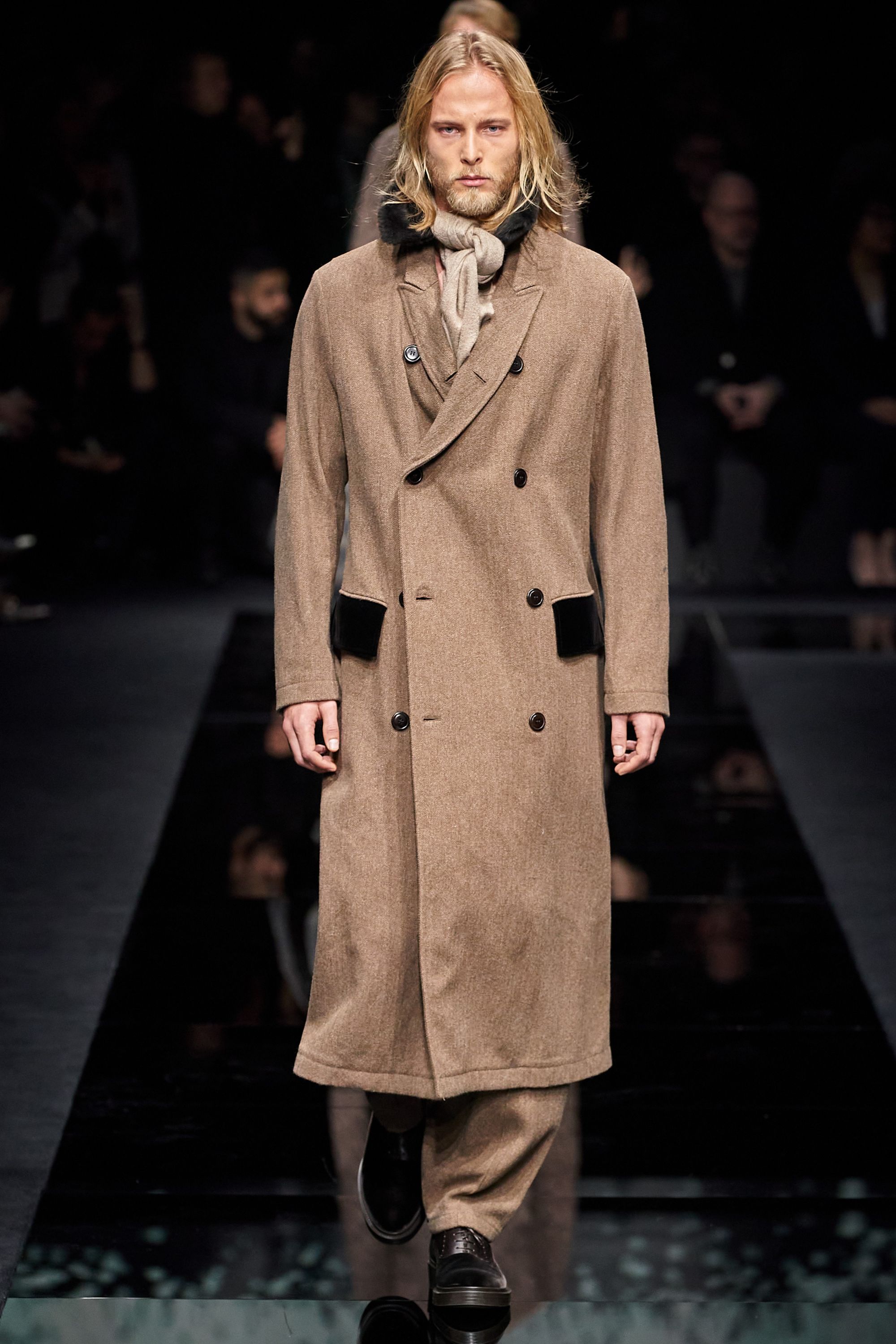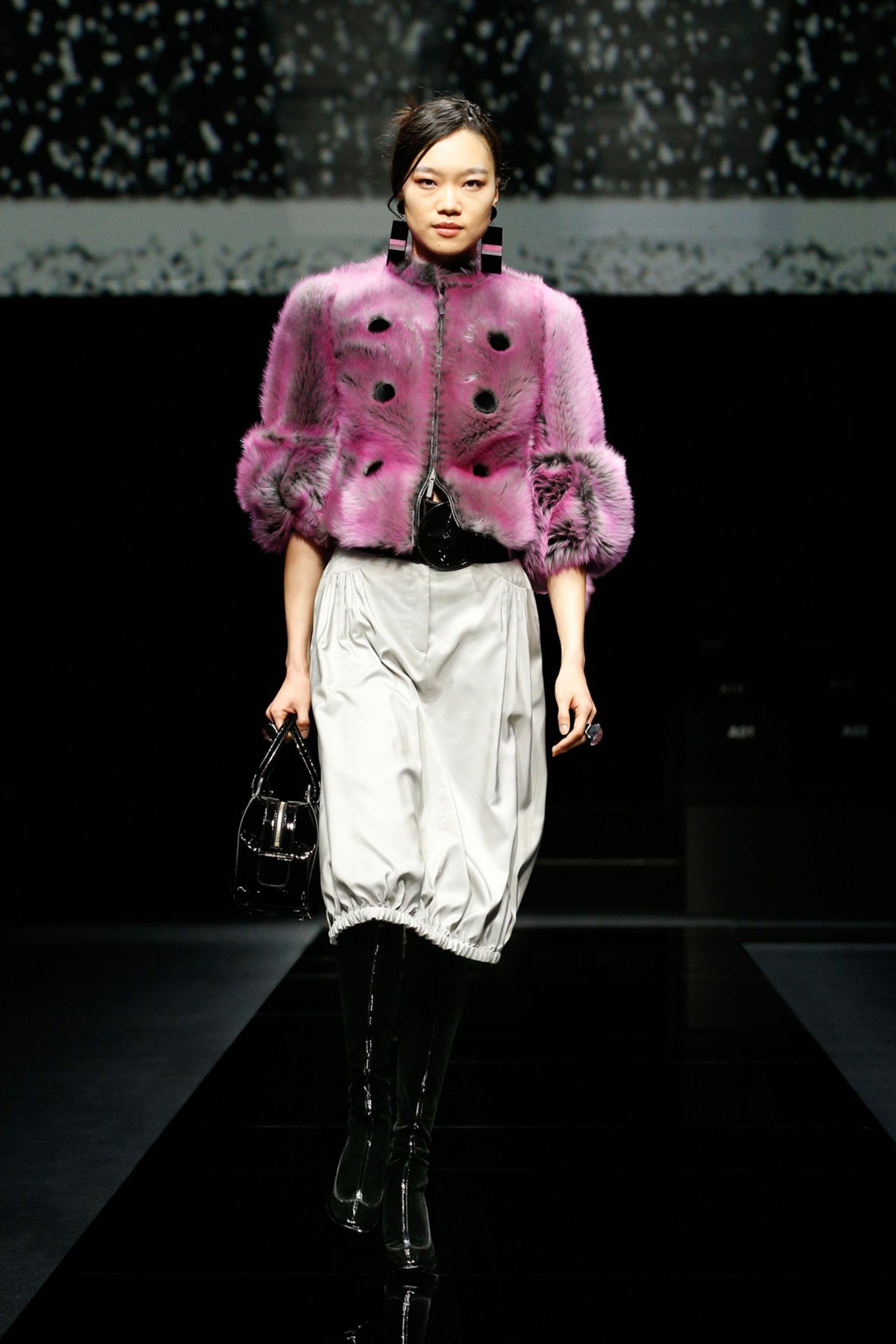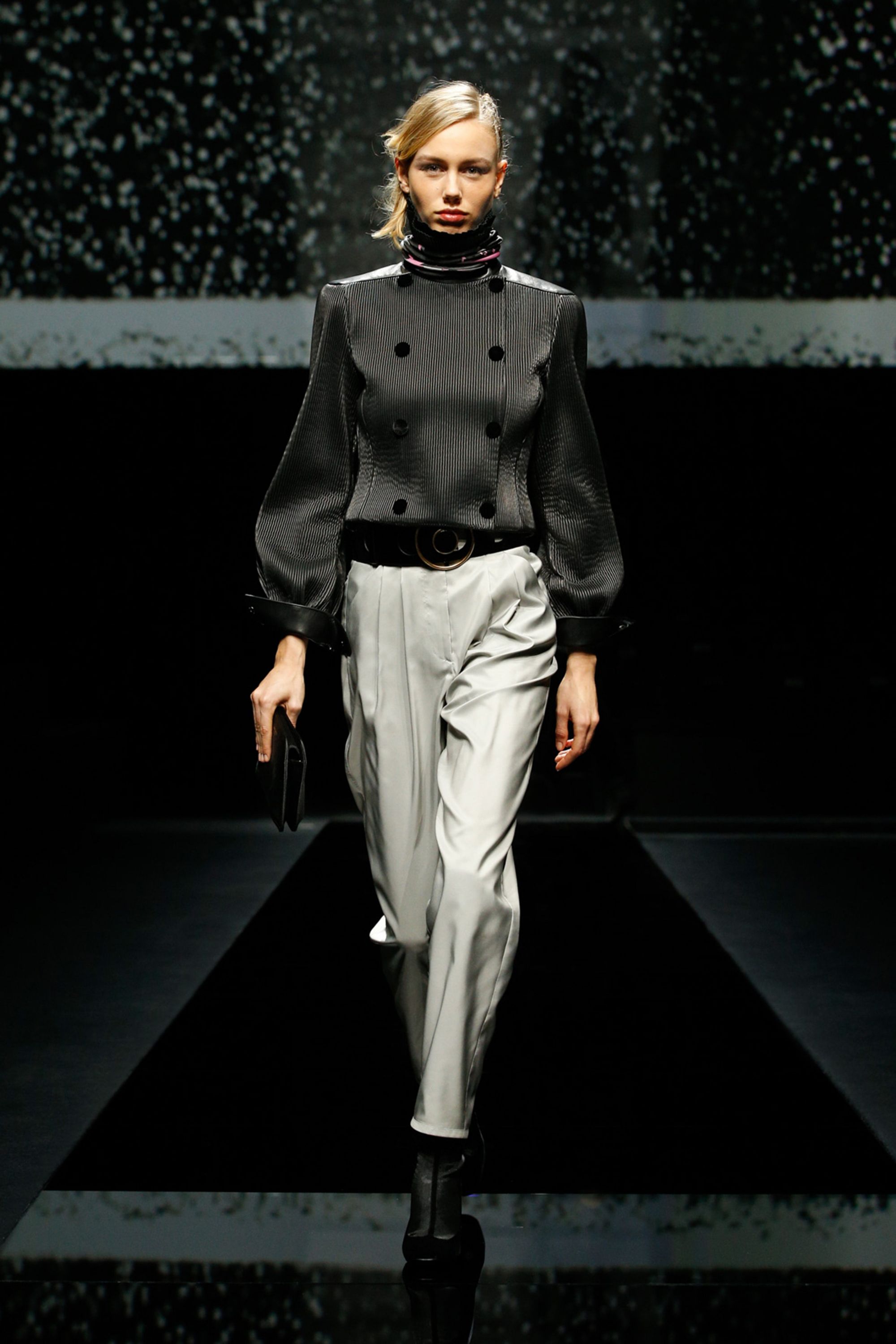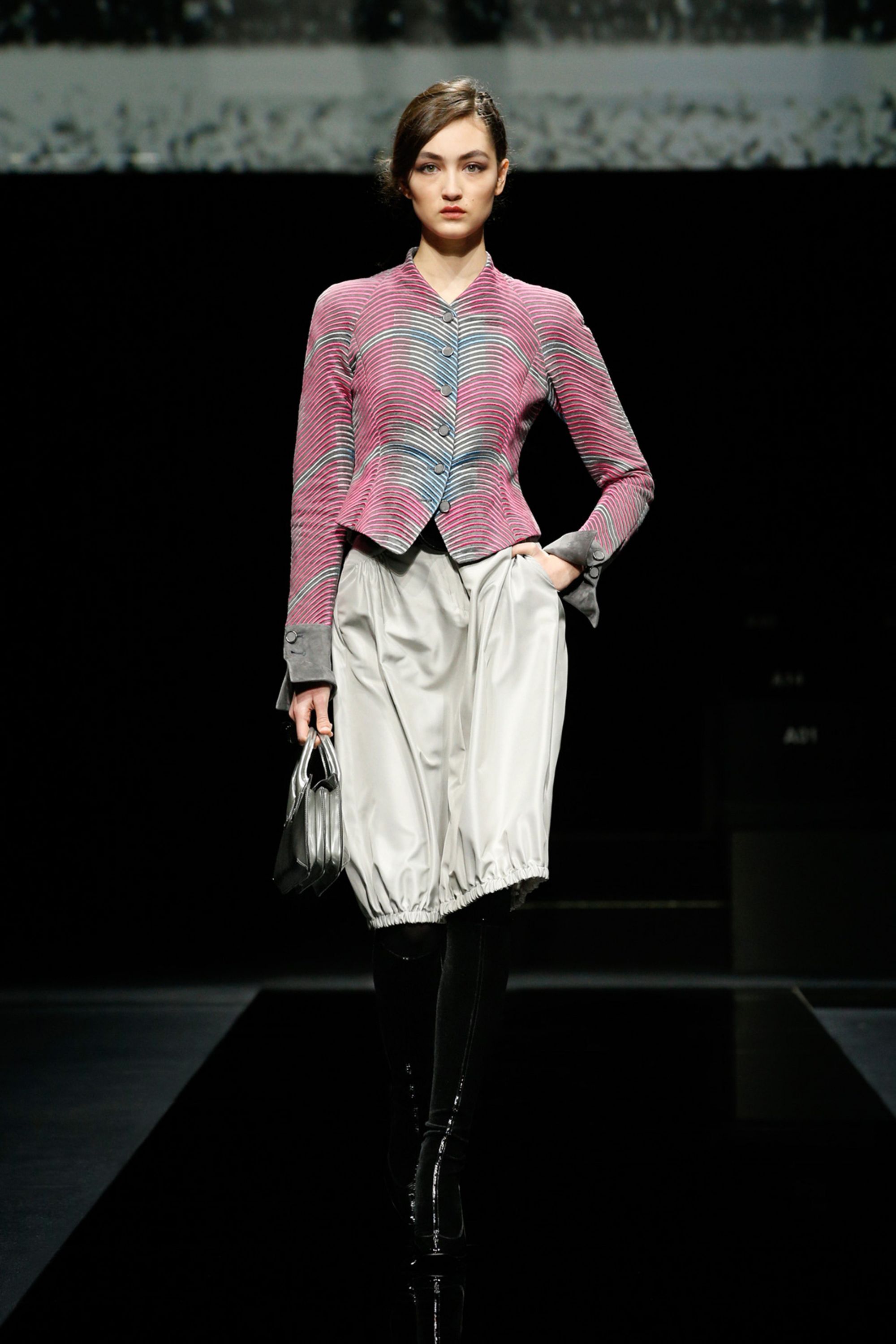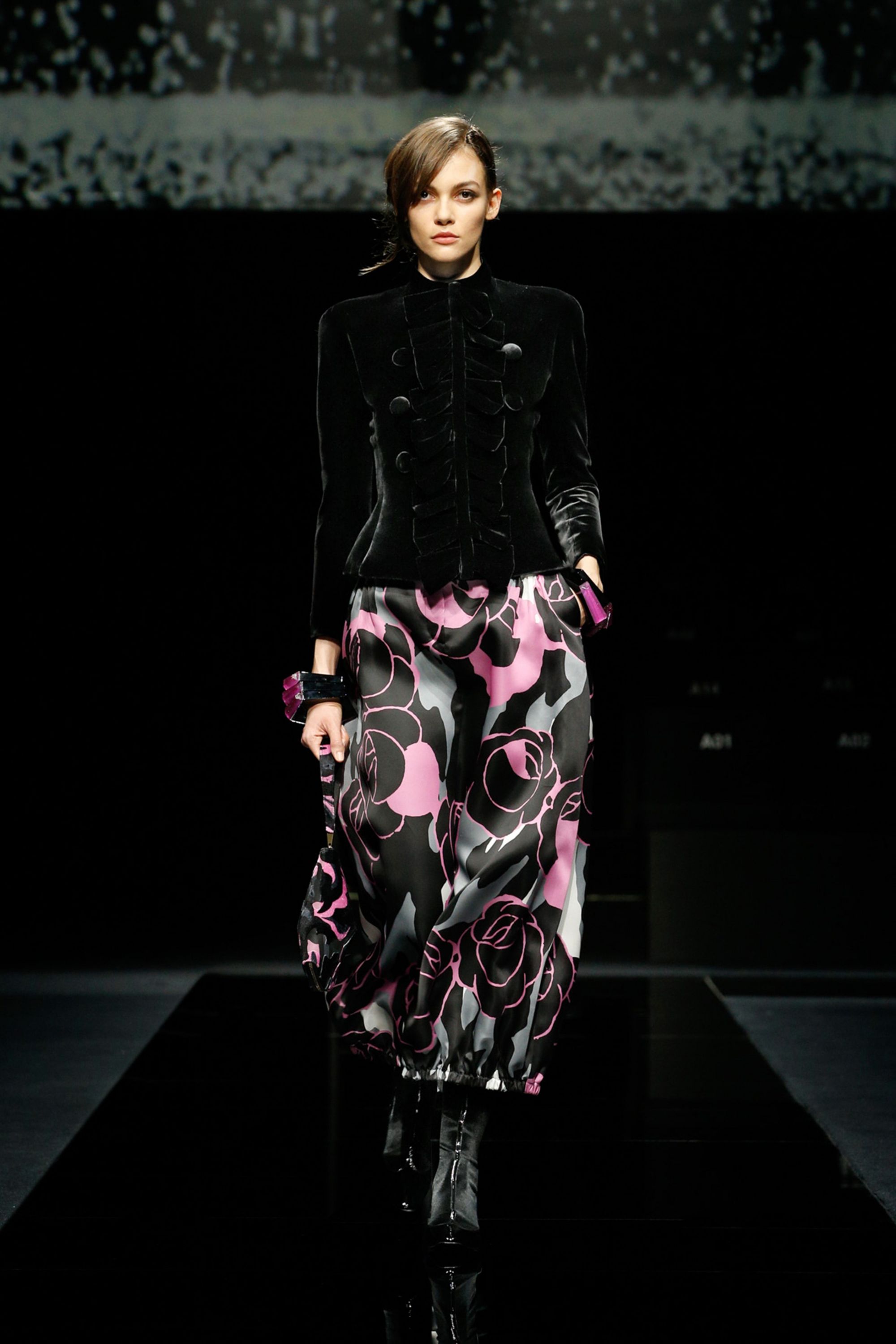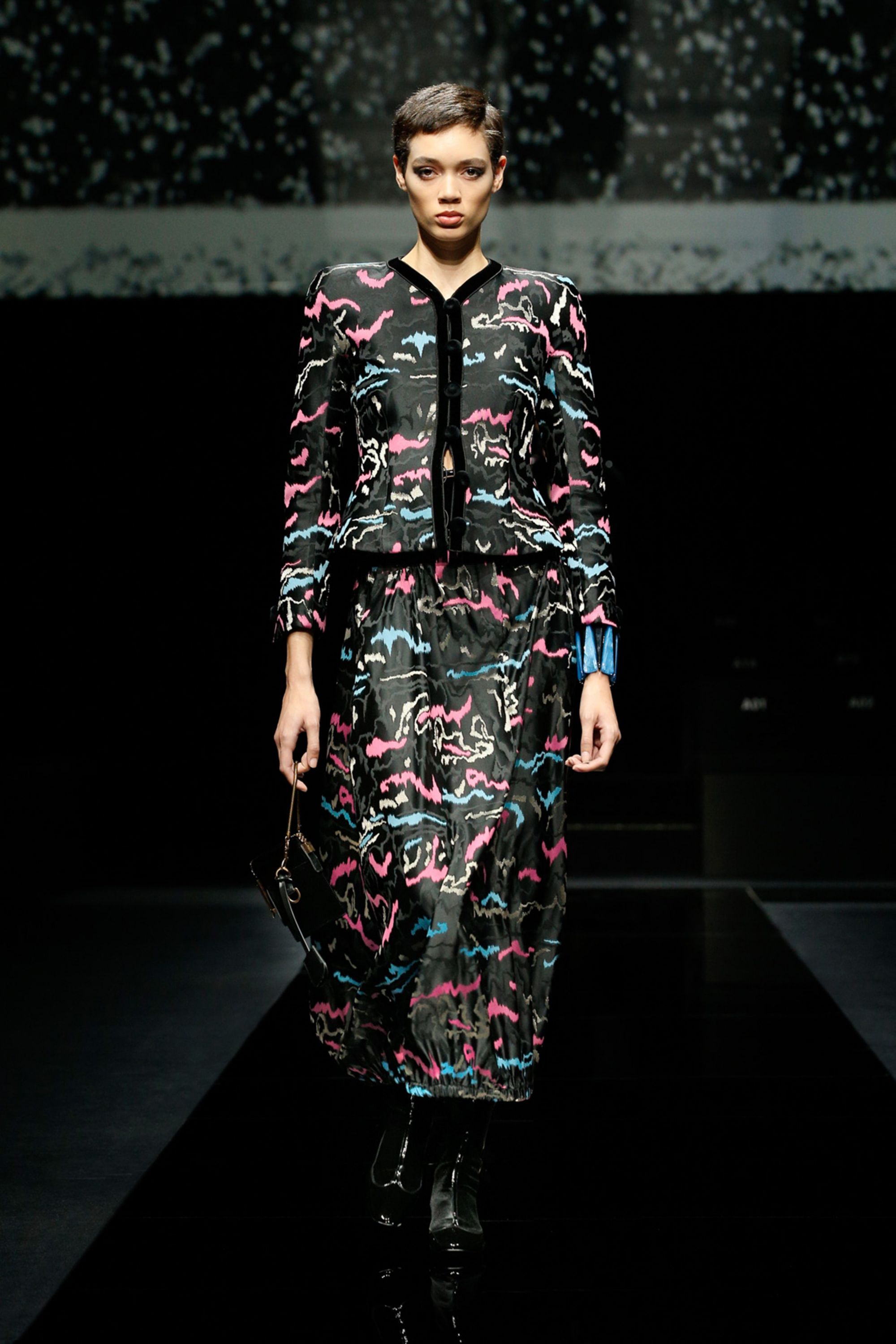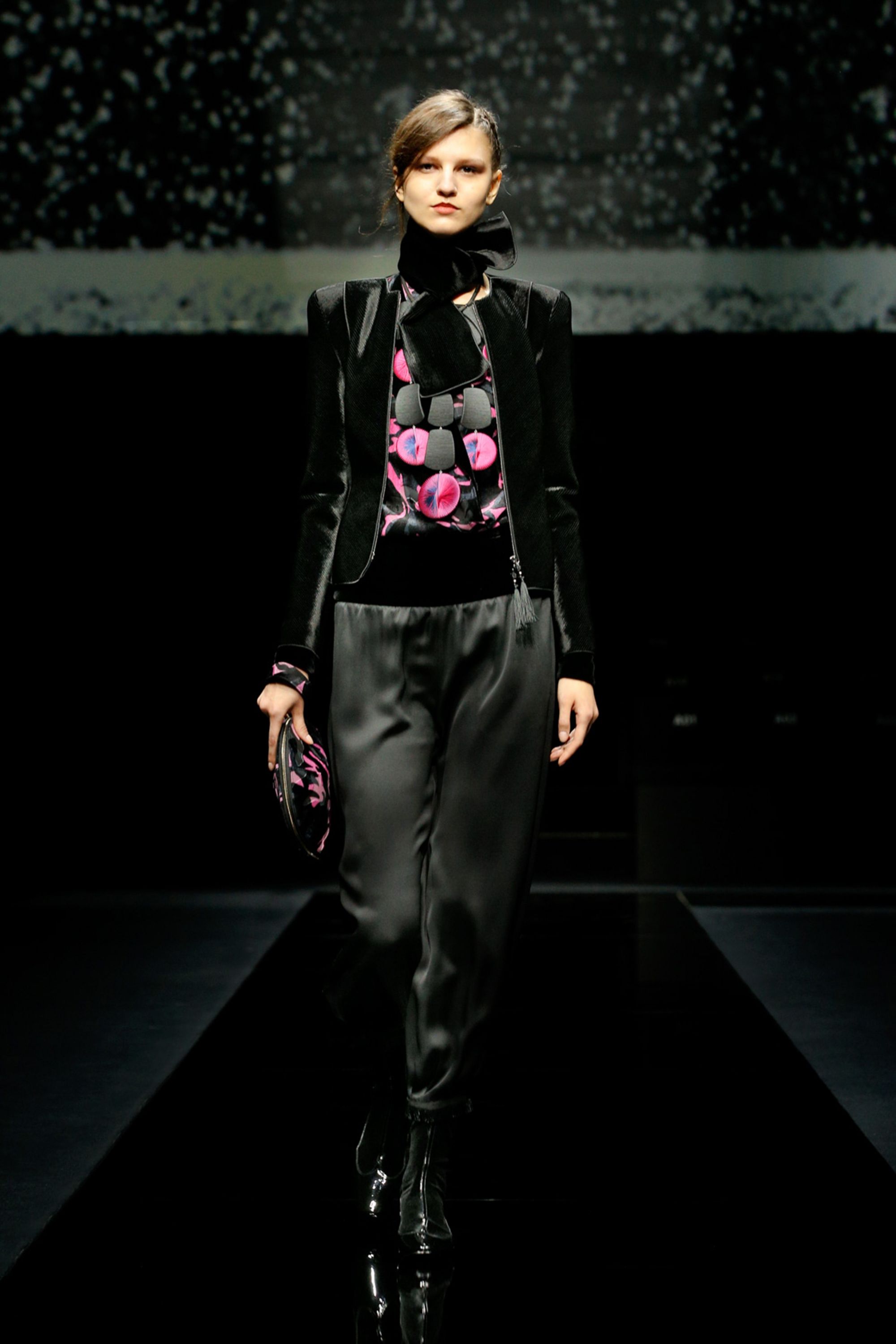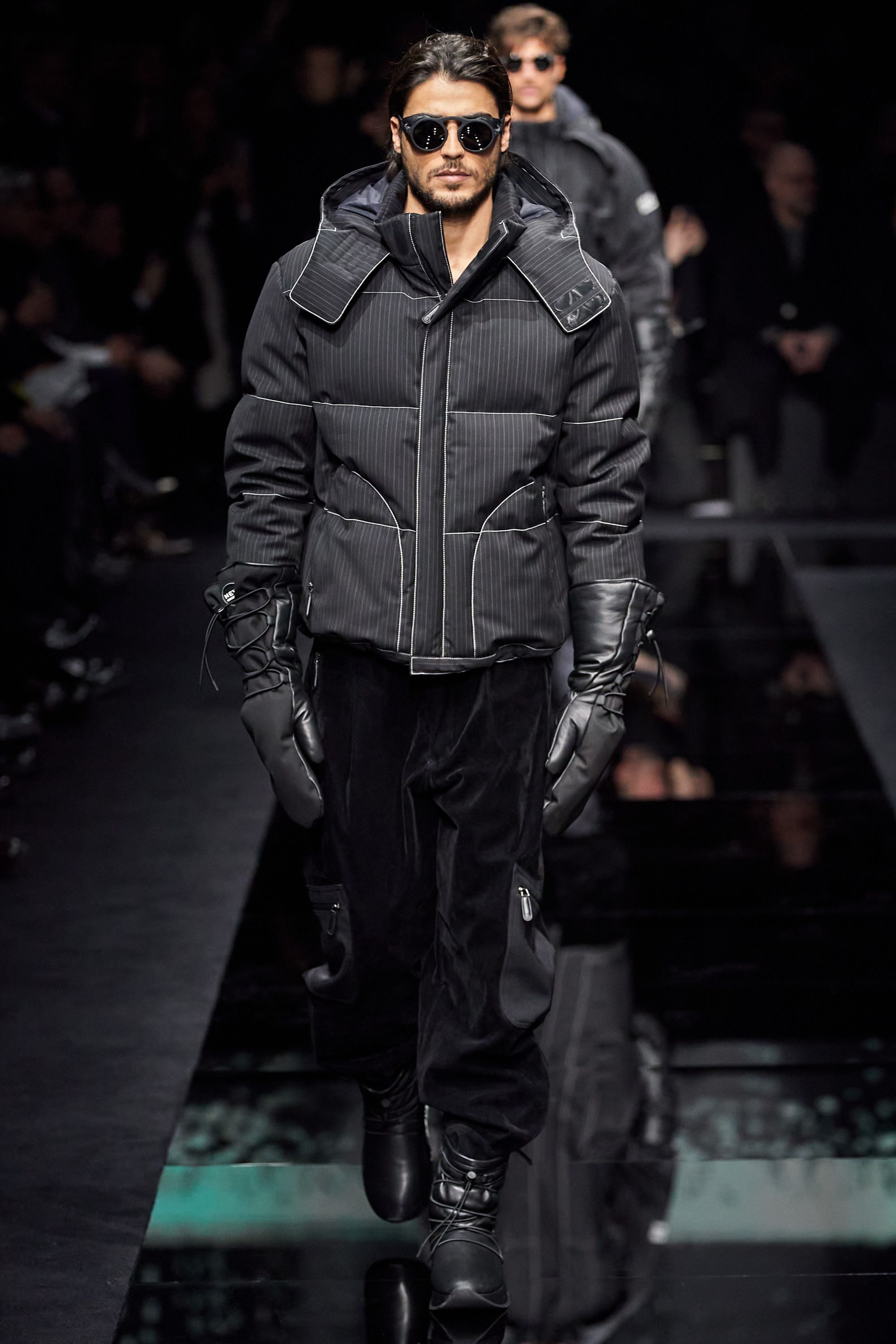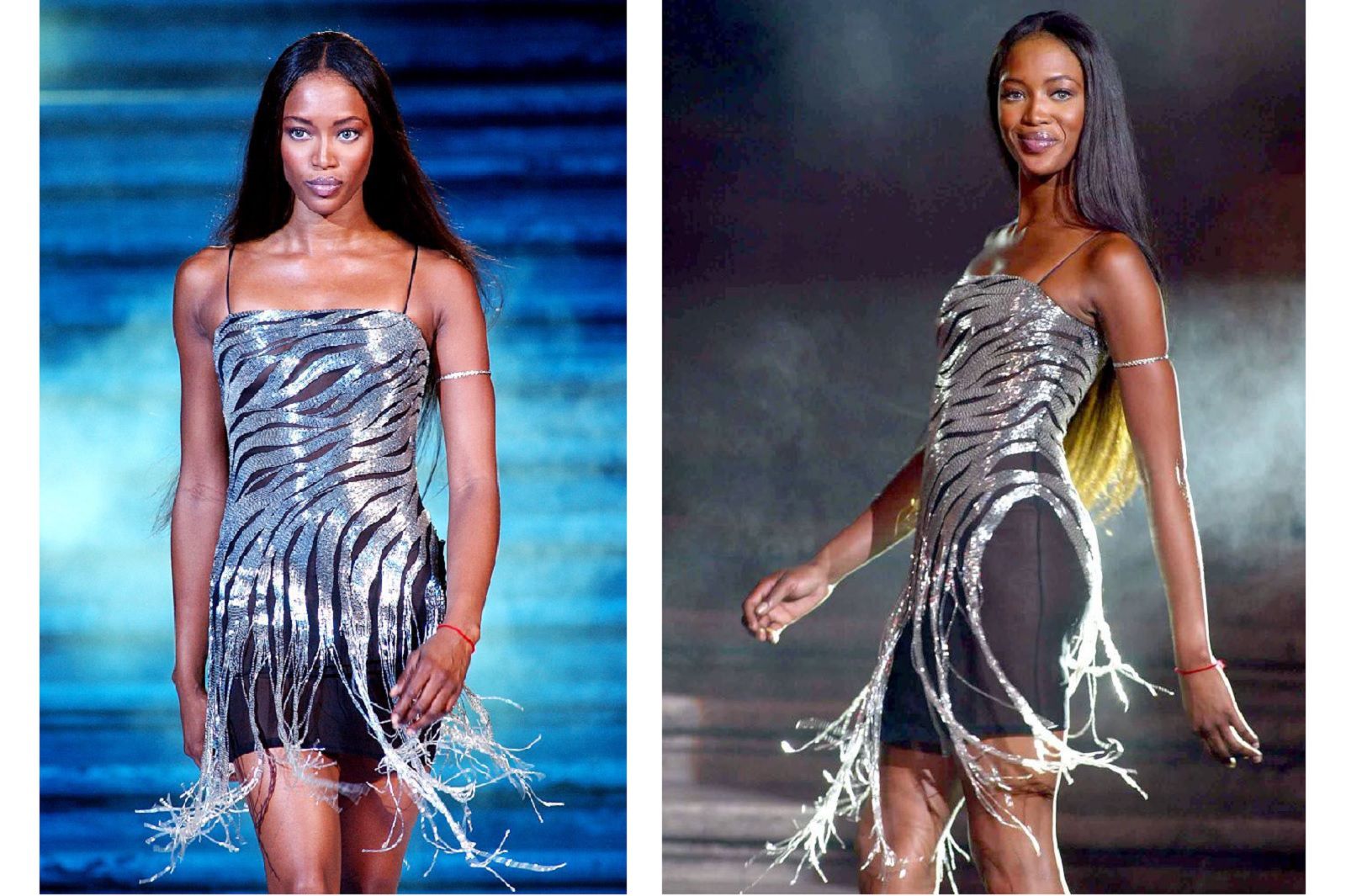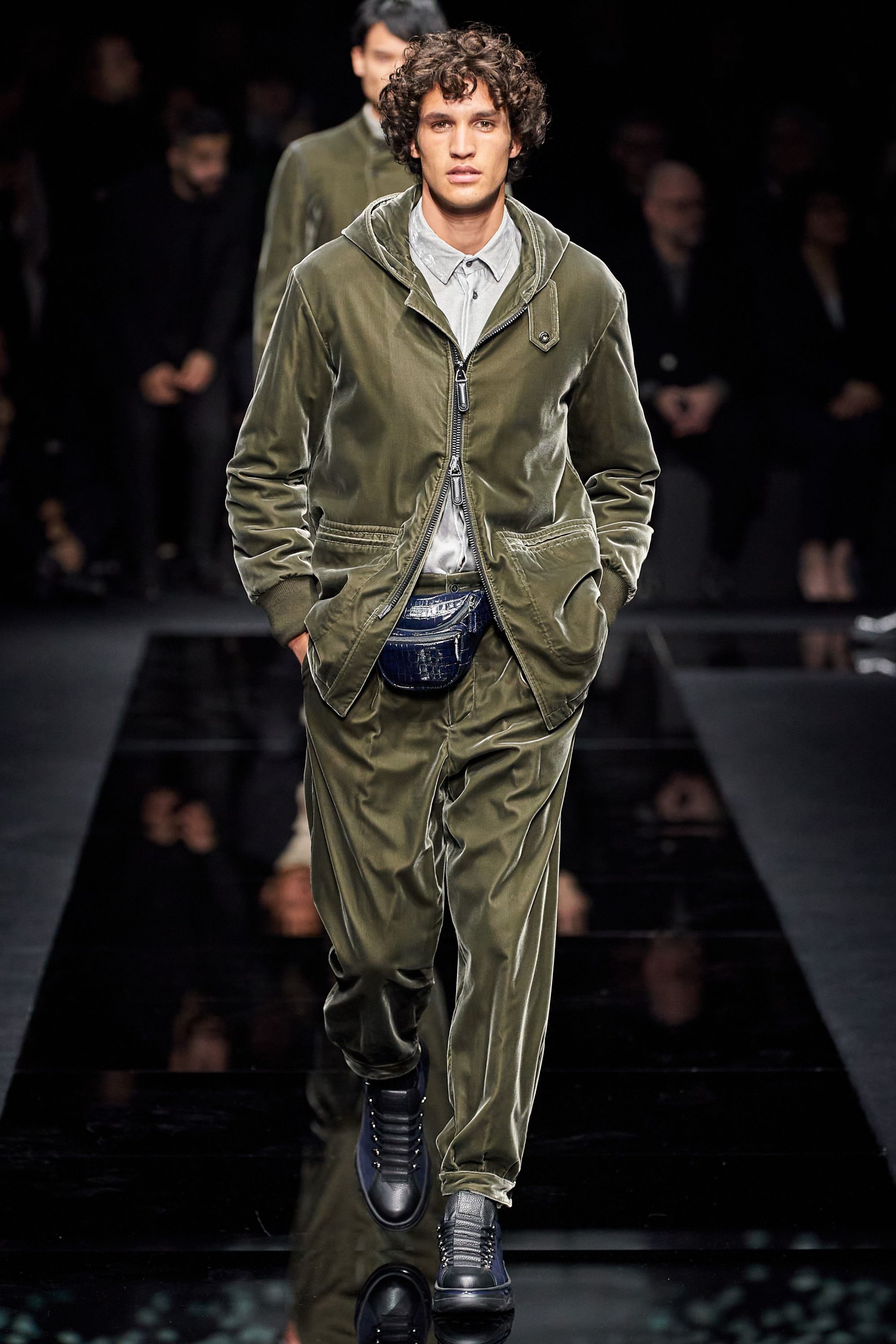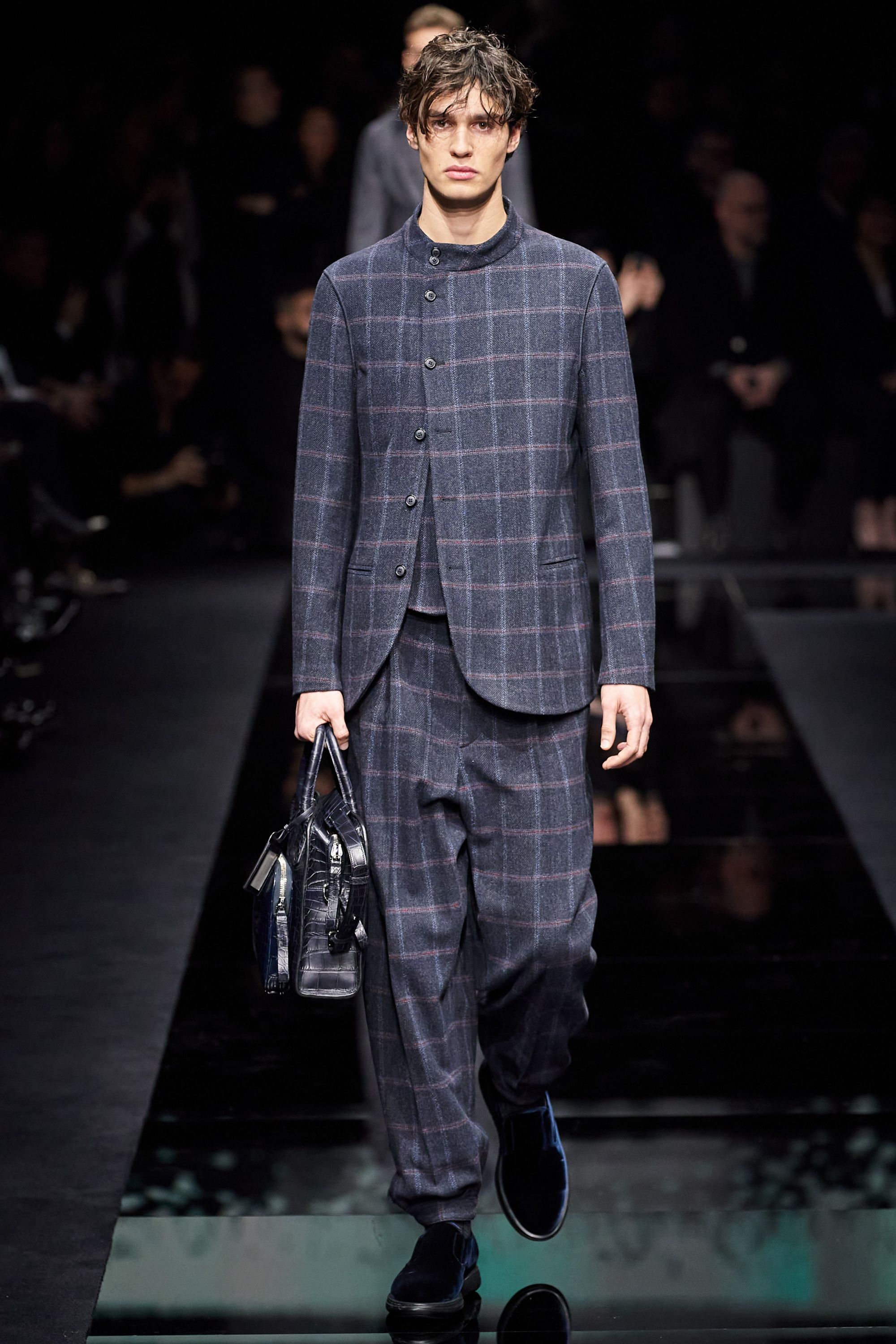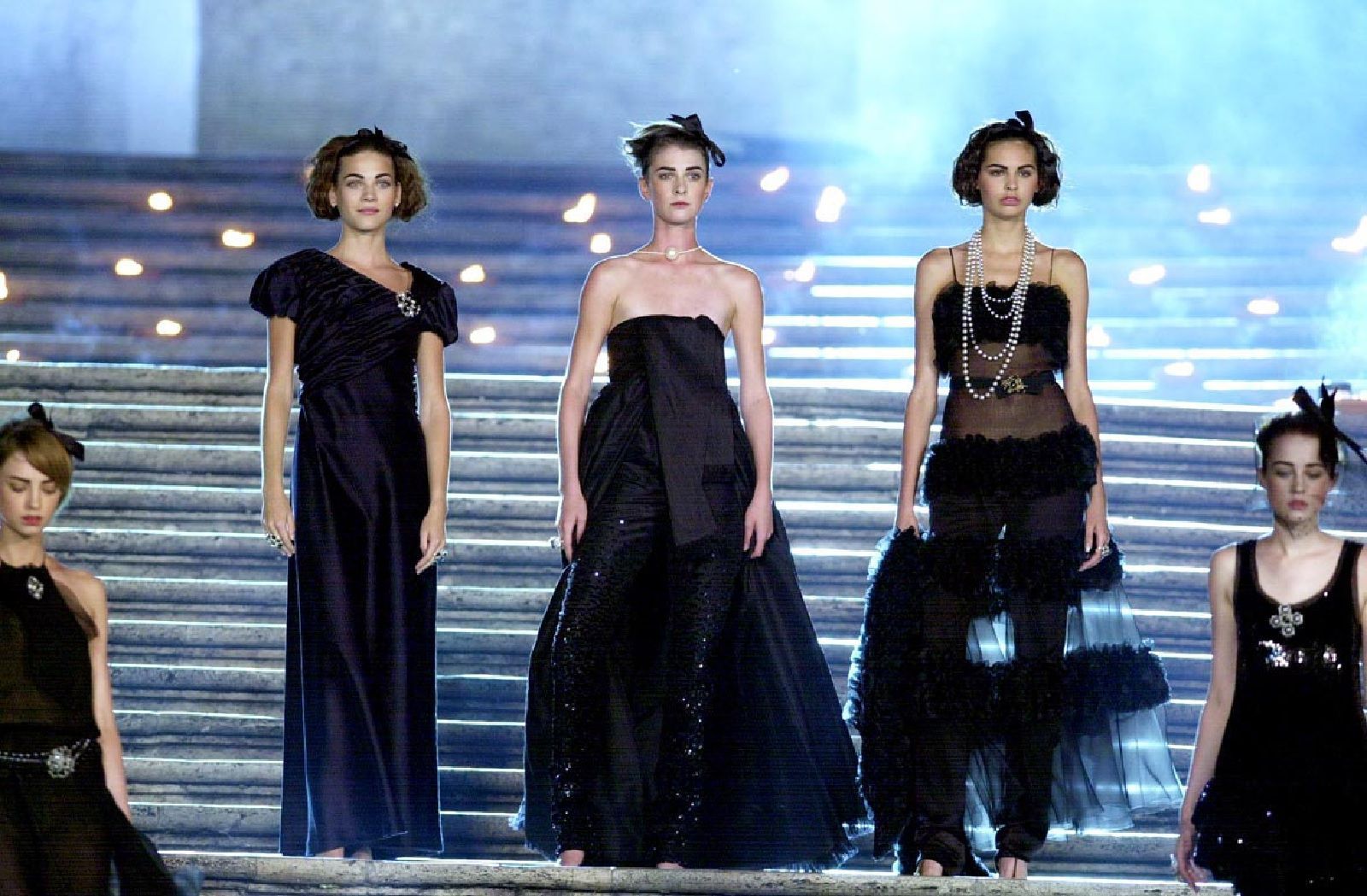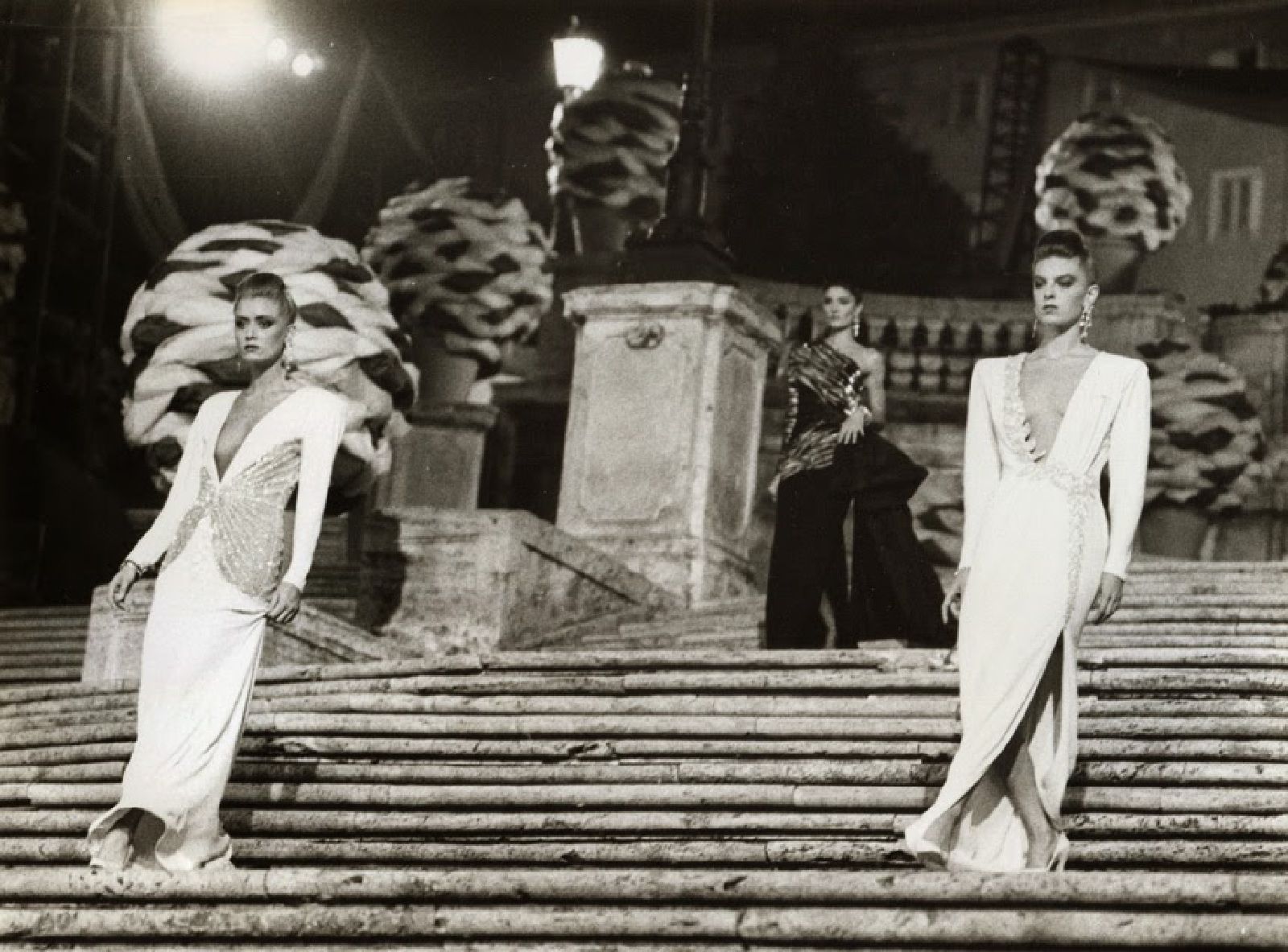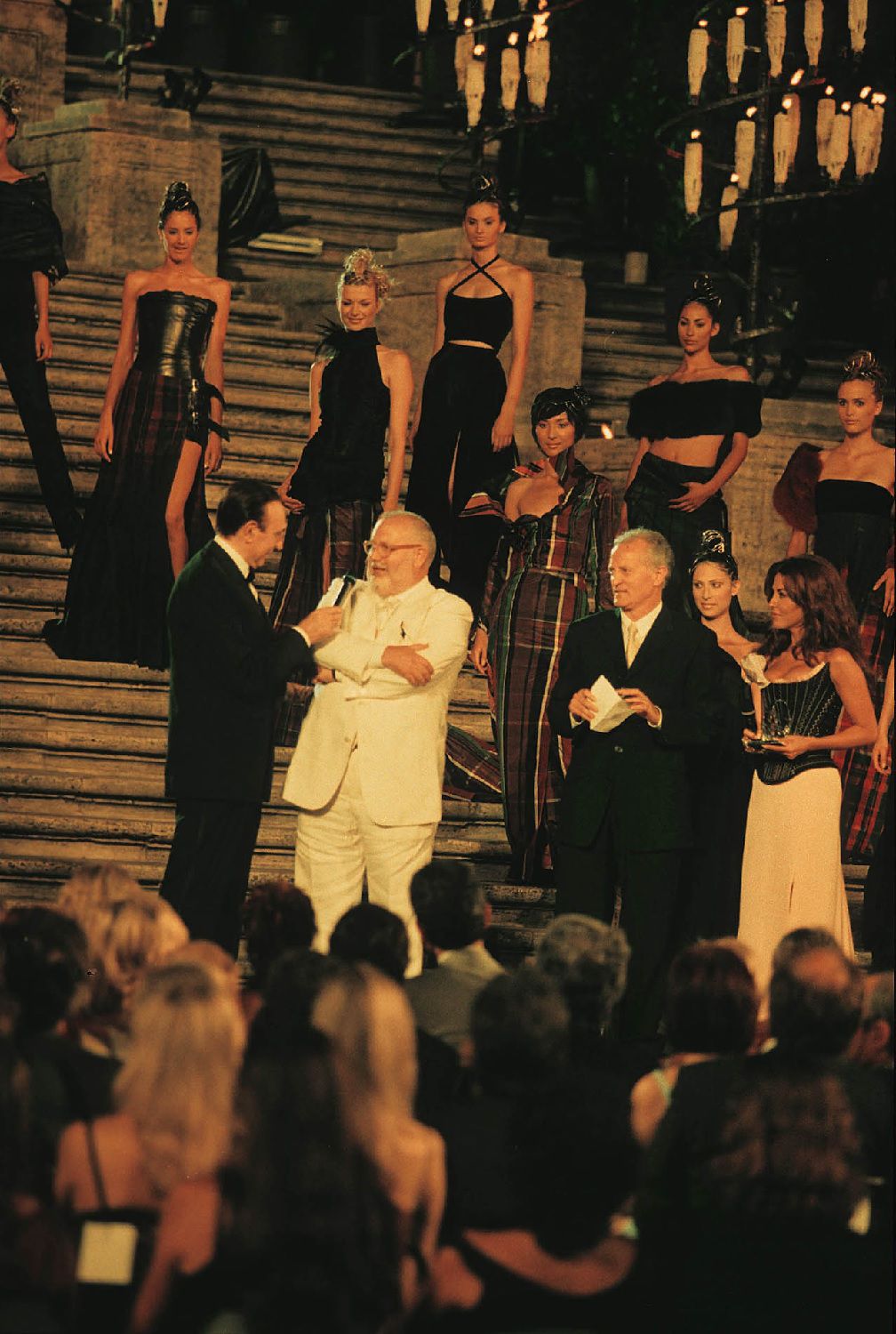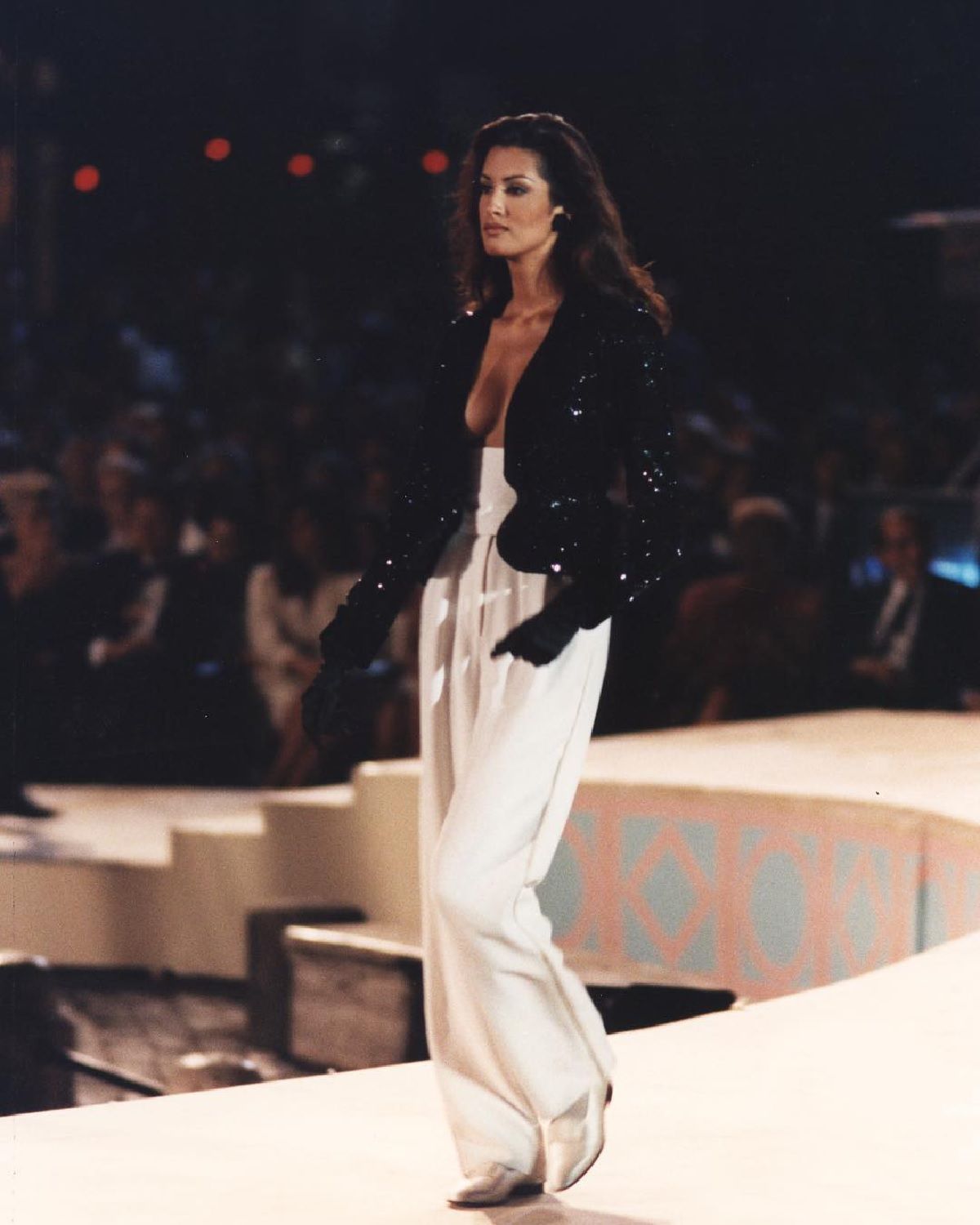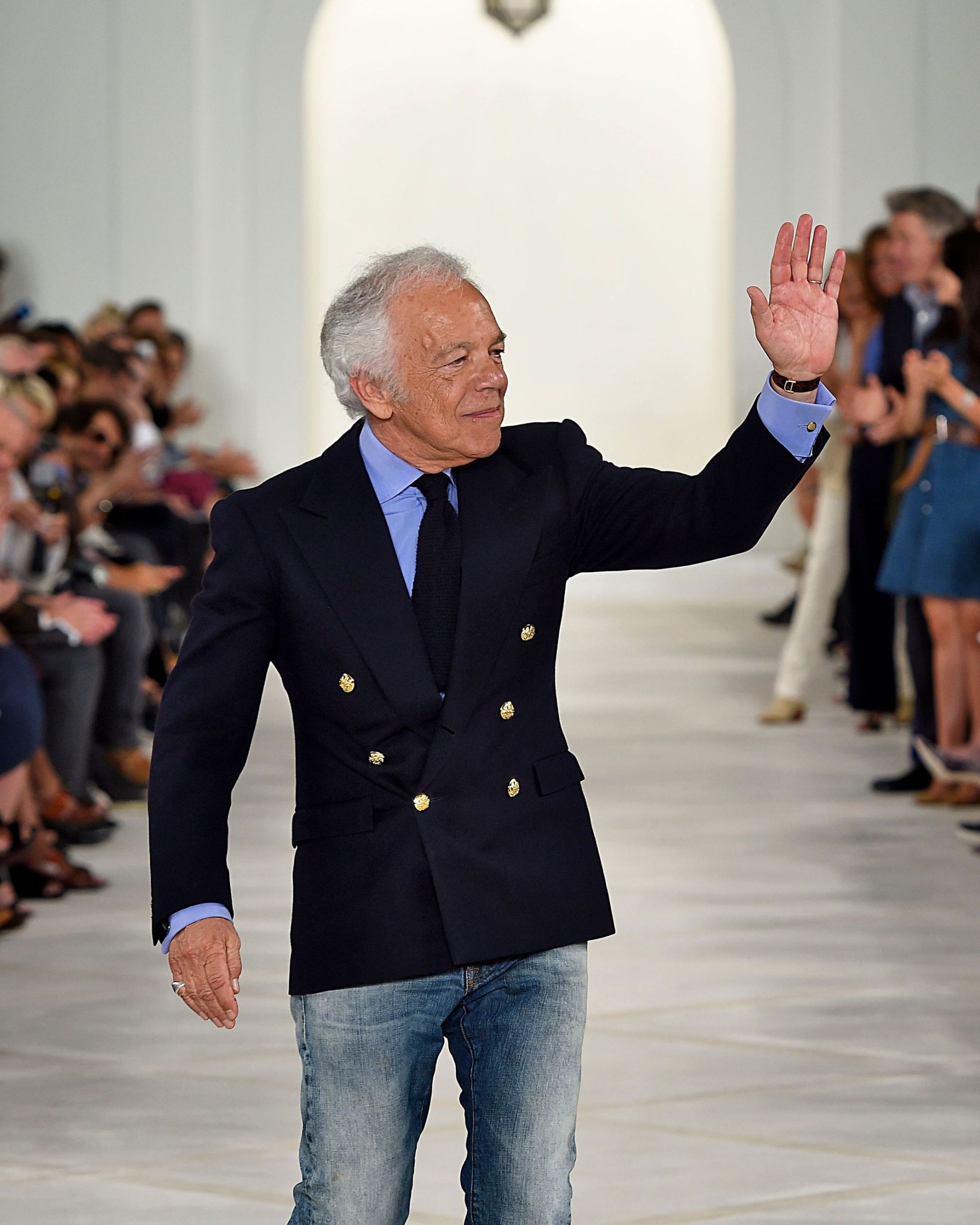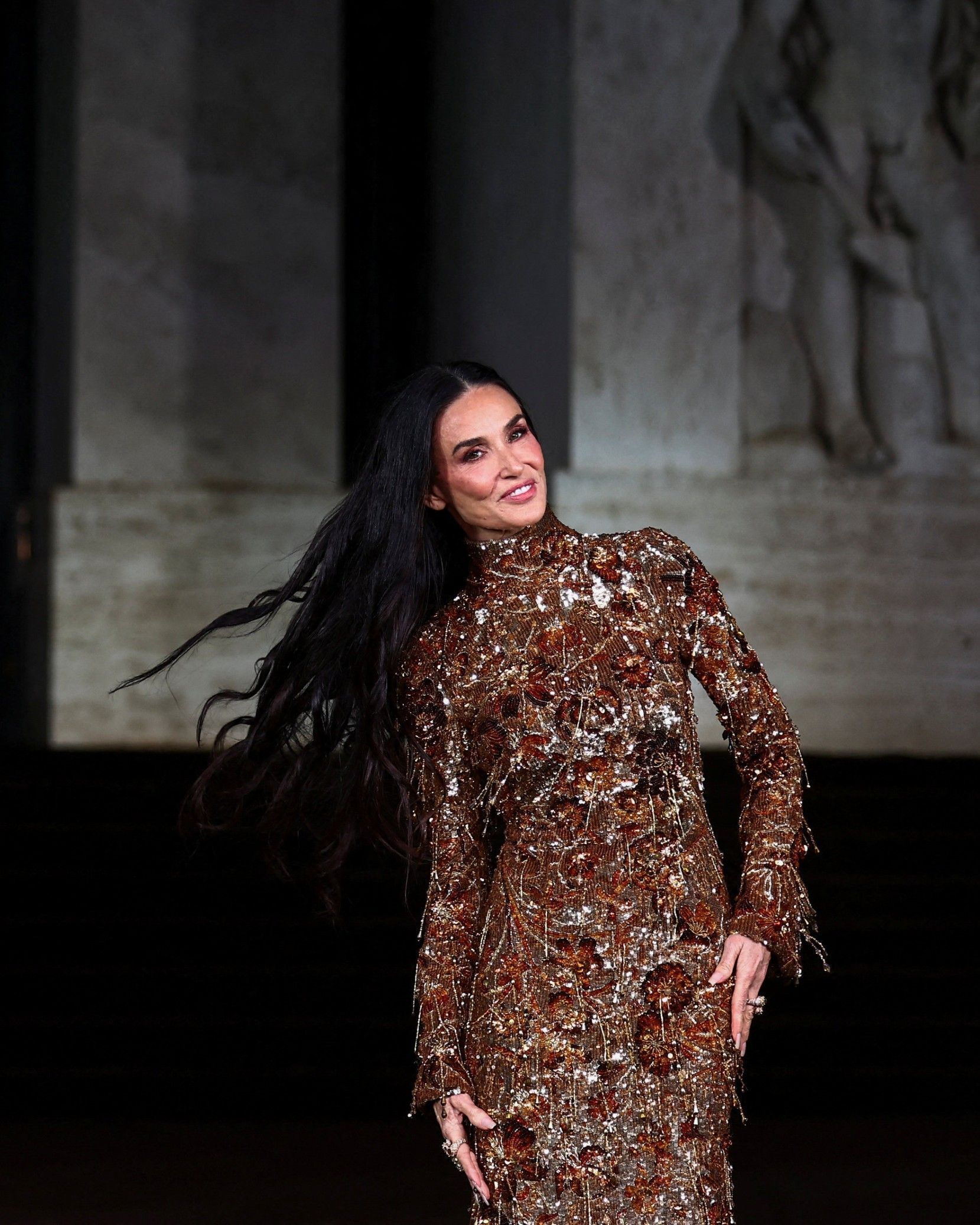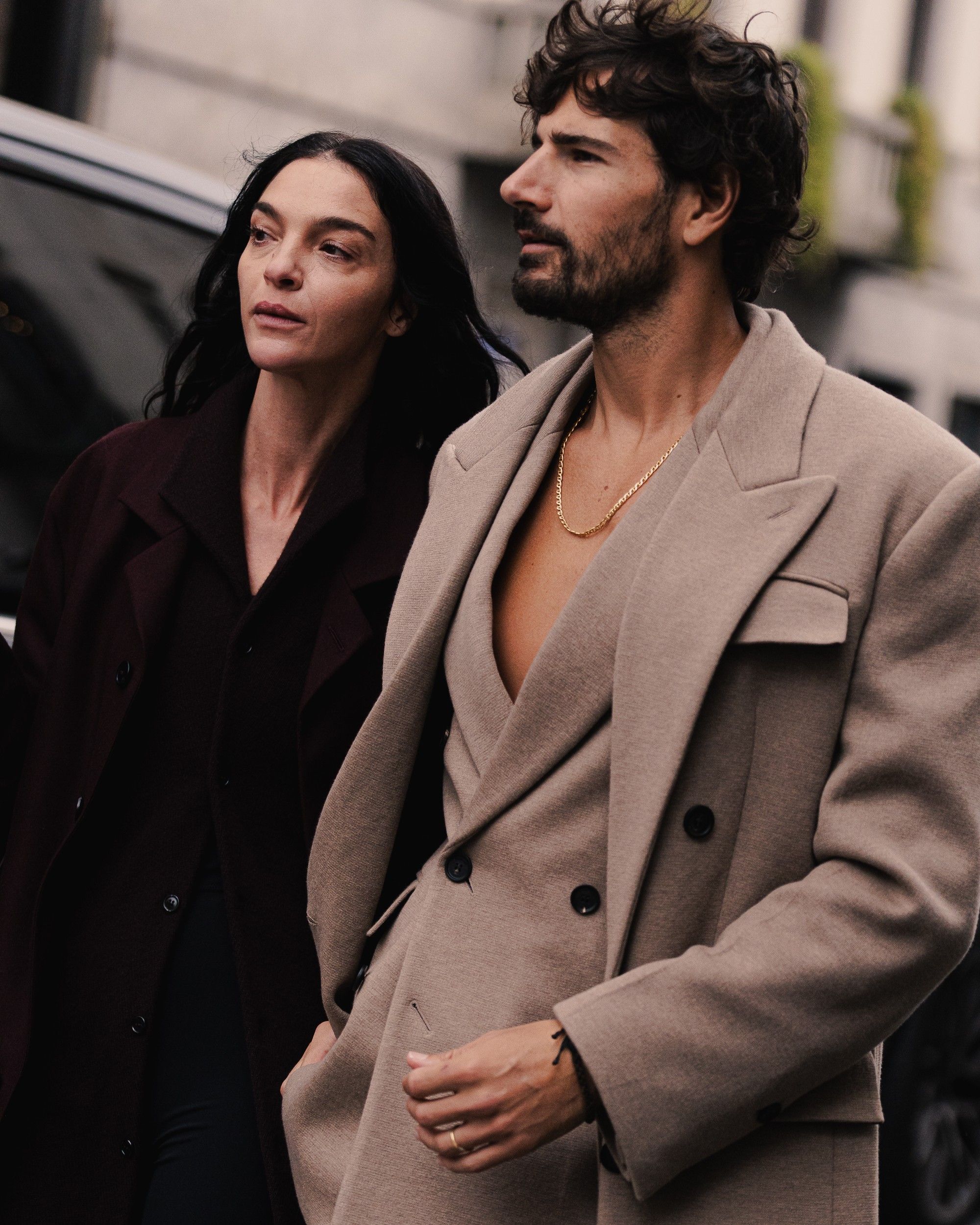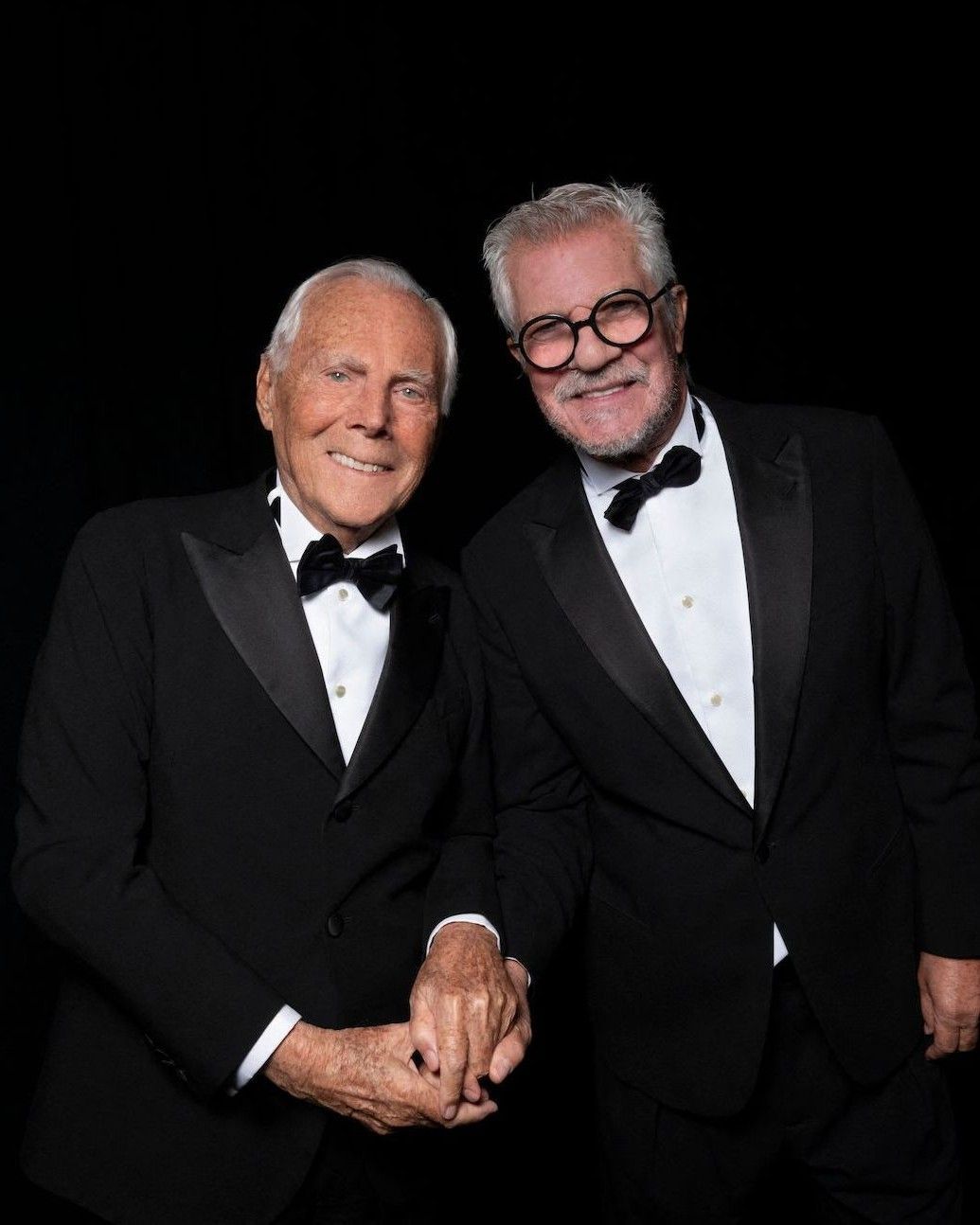
Why will Armani bring his show live on La7? The designer wants to become the new champion of national-popular Italianness in fashion
«We are talking about democratization, and what could be more democratic than television?»
This is what Giorgio Armani, interviewed by Il Corriere della Sera, says about the choice to turn his next show co-ed behind closed doors into a 40-minute live television broadcast that will take place in prime time on La7 and will be presented by Lilli Gruber. During the entire duration of the pandemic Giorgio Armani managed, thanks to his now famous open letter, to re-brand himself as the national-popular face of fashion for the Italian public, a familiar and vaguely nostalgic face. And the decision to turn his show into a TV show for the first time completes his transformation into a bridge-figure between the world of fashion and the daily reality of millions of Italians from whom that very world is increasingly remote and removed.
Armani is undoubtedly smart in wanting to relaunch, by virtue of his honored and very long career, as a popular champion of fashion, a reassuring figure who celebrates a traditional world made of blue suits, social responsibilities and work ethic as opposed to the politicized, genderless and provocative fashion of brands like Gucci or Rick Owens - which in short addresses issues not yet fully accepted by the Italian mainstream. But the truth is that in 2020 fashion is something more edgy and experimental than that and a live saturday night TV event on La7 will not increase the passion and public knowledge of this culture but will sell a fashion idea that, under the insignia of an ideal classicism, will be just a look to the past , as reassuring as it is inert, not too different from the premiere of a Sanremo Festival in which the clothes take the place of the songs.
As Armani himself also pointed out, this new initiative resumes programs of the 80s such as Non solo moda and Donne sotto le stelle – responsible for having disseminated to a mass audience events and news that, traditionally, take place within relatively small circles:
«La moda in TV ha avuto il suo momento di alta spettacolarizzazione negli anni Ottanta, quando noi stilisti vi comparivamo spesso, dispensando consigli di ogni genere, ma non è mai stata utilizzata per raccontare una collezione nuova, che nemmeno gli addetti ai lavori hanno ancora visto».
And indeed, the idea of targeting a much wider audience than you might attract via an online digital event doesn't seem bad on paper. However, a problem remains: the format of the TV show worked perhaps in the 80s (and still with couture, which lends itself better to storytelling and more elaborate set-ups) but in the period between the Valentino shows on the stairs of Trinity de' Monti and today, many things have changed both in fashion and in the media – which have radically digitized.
Armani argues that "even in our day, the fascination of TV is undeniable", perhaps ignoring how geriatric and obsolete the television medium has become in recent years – especially compared to new digital media. When the designer talks about wanting to open a "dialogue with the public" he seems to be unaware of how fashion brands, on every level, interact with their audience every day through digital media. If fashion has a media problem, today, it is not its absence from television screens but its media overexposure that leads it every day to cing on the Instagram feeds of its fans, to appear in music videos and TV series as well as in the eternal debates that animate online communities around the world. It is not clear, in short, what kind of audience you can appeal to on live television.
More importantly, the languages of fashion have never found an effective television translation. The show that perhaps dialogues most vividly with the authentic fashion of today is Ru Paul's Drag Race in which appear with a certain frequency explicit quotes to fashion shows, designers and famous fashion moments, although it is a show for which fashion is a contour element, more focused on the personality and performance of the participants. The other two most famous fashion-themed programs that have appeared in the streaming sphere are Project Runway and Making the Cut, both long-lived but somewhat unhappy from the point of view of critics, as well as enormously peripheral to the true universe of fashion.
The fascination of fashion lies in fact more in the culture surrounding this way than in the glamour promised by such an event that, for the sake of storytelling, will undoubtedly be seasoned by the naive narrative gimmicks of a television show of a generalist network like La7 as well as a probable representation of Armani as patron saint of a bourgeois fashion (not to say boring) that no longer exists for years. For this reason, a television and national-popular storytelling on fashion would perhaps be more functional in the form of an informative documentary on the history and protagonists of this world than of "spectacularization".
The designer's ideas about the contradictions of the fashion system and his desire to emphasize the product and not on the communication looking for a dialogue with the public remain completely shareable, just as it is commendable the ethics that informs his decisions to parade behind closed doors – but the question remains about the target of a show-event on TV. Buyers and press would watch the show anyway for professional needs, different is the speech for the generalist audience, famously uns interested in this type of event.










































